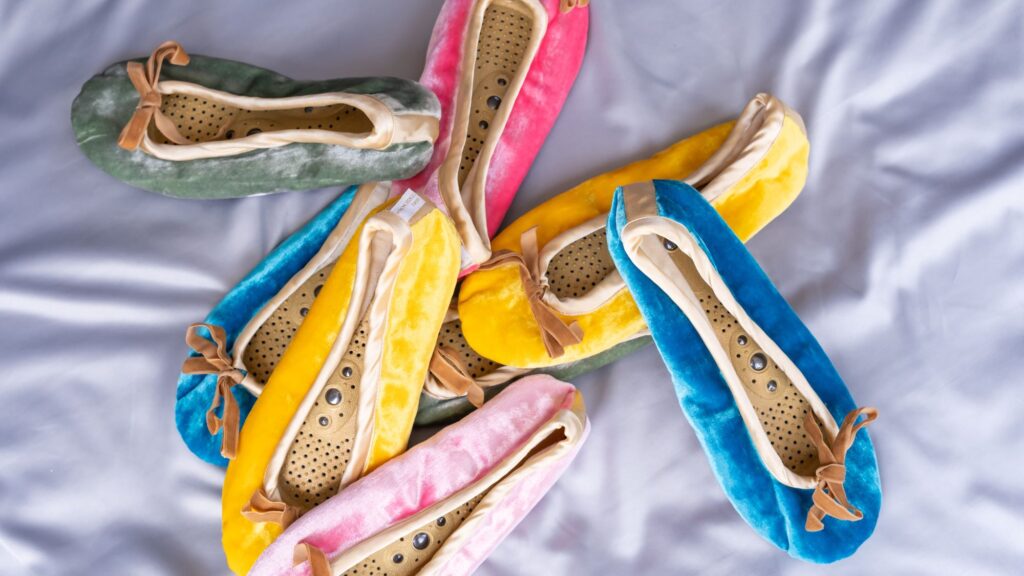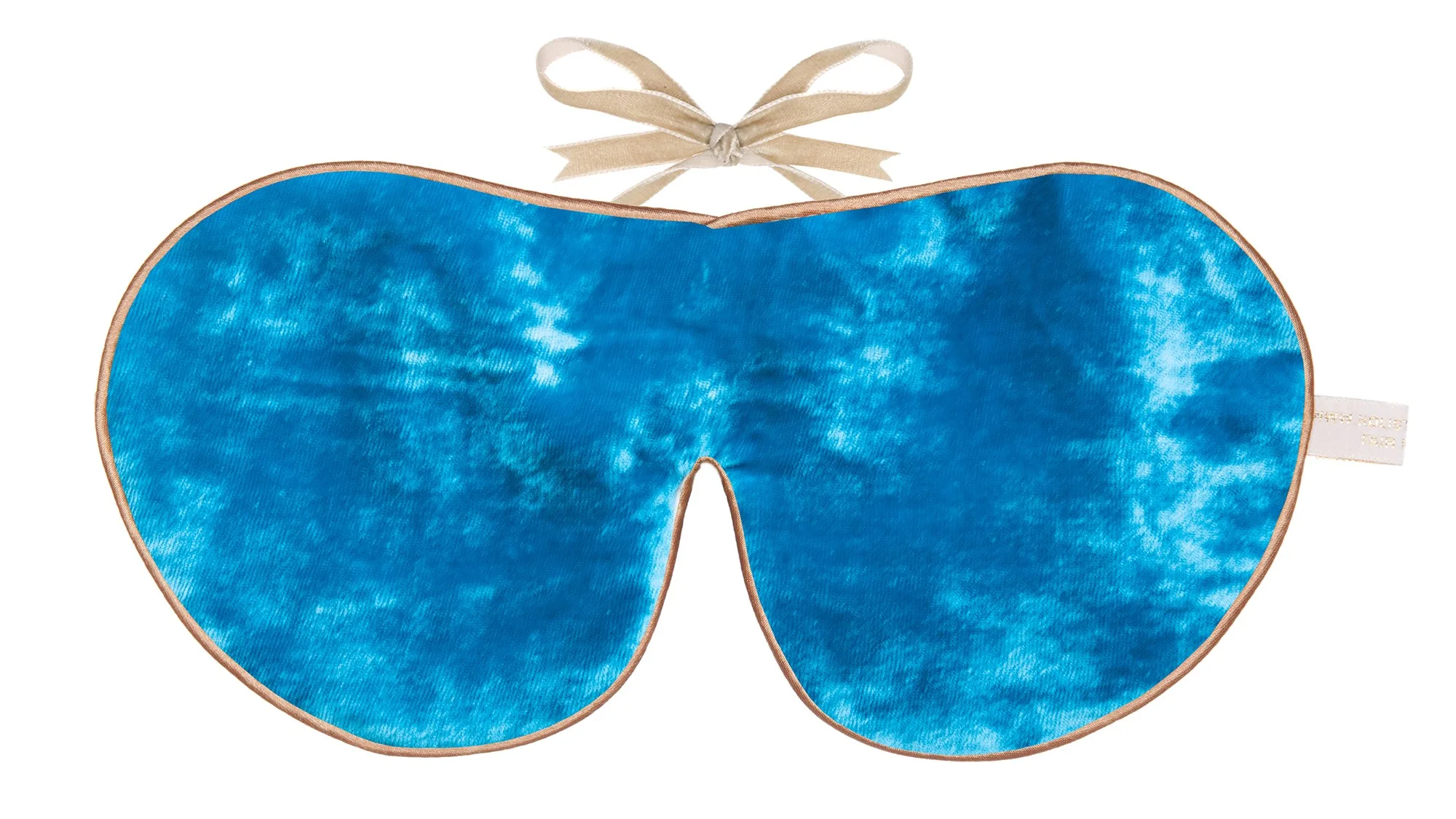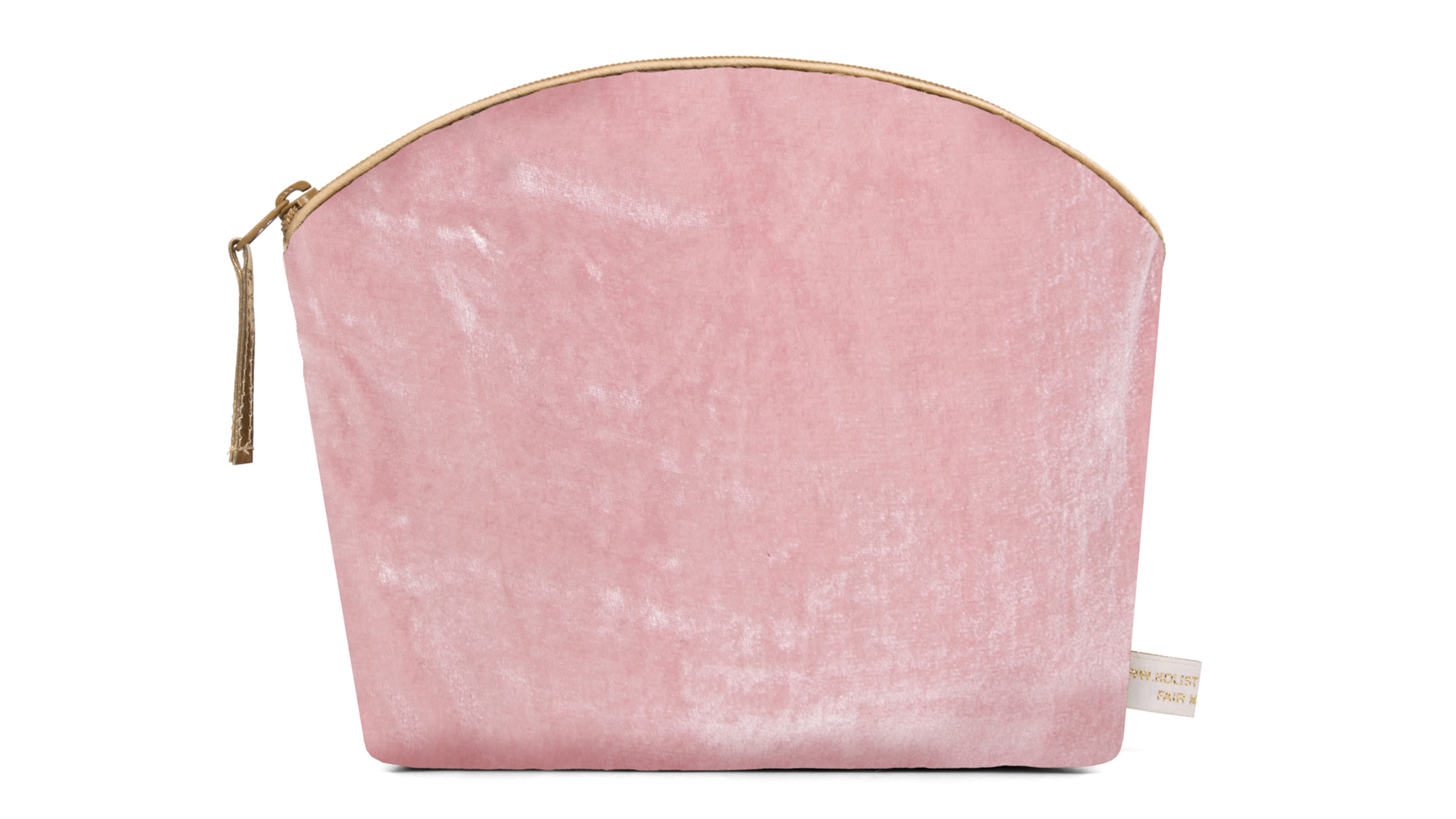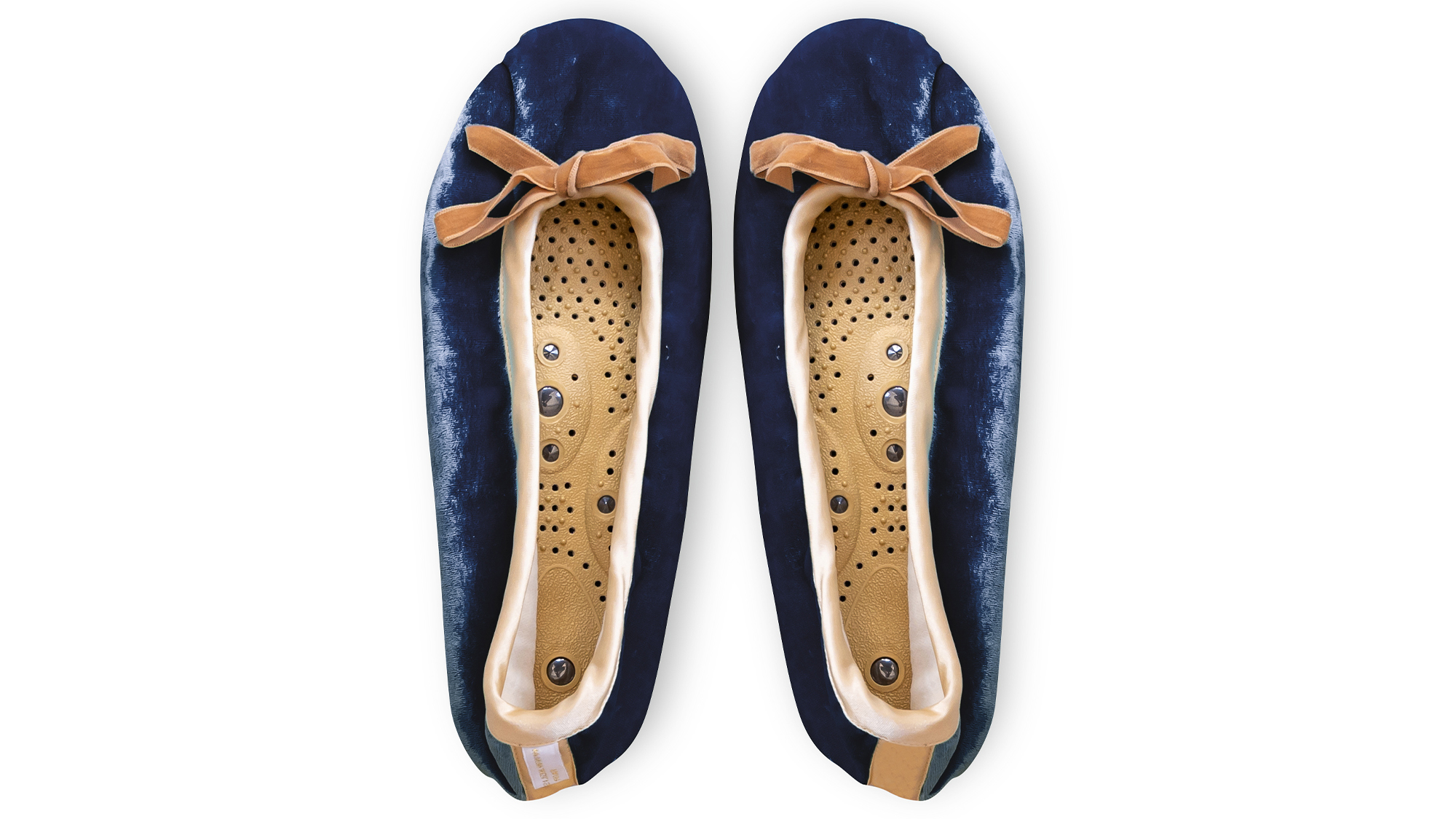
The History of Silk Velvet
Think velvet and what do you see in your mind’s eye? For us, it is the magical watery 3d look, but mainly the feel. There’s nothing quite like real velvet for a soft, sumptuous texture. But when it is silk velvet the feel is even more wonderful, flowing through your hands like water. Heavy and super-luxurious.
When did velvet arrive on the scene? As it turns out it’s the fabric of royalty, a material that has delighted connoisseurs for thousands of years. Let’s explore the history of a fabric that makes so many of our sleep and relaxation and wellness products special.
First, how is velvet made?
Velvet is made from millions of very fine threads. A special loom is used to weave two sheets of material of different thicknesses closely together, one on top of the other before the layers are carefully separated to leave the soft thick pile effect we love so much. You can imagine how the process was an extremely labour-intensive task, leaving the finished fabric only accessible to the very wealthy.
Where did velvet originate?
The first velvet appeared in ancient Egypt and China, dating back to 2000 BC. The fabric was traded along the famous Silk Road to medieval Europe from the 1300s onwards. In Europe itself the cities of Venice and Genoa in Italy were some of the first to produce velvet. During the opulent Renaissance period it inspired artists like Michelangelo, who actually made his own velvet fabrics and Leonardo da Vinci, who found the process of making it fascinating. Velvet was a challenge to paint, and as we have discovered to photograph!, but the old masters managed it and the results are stunningly real-looking.

What was velvet used for – and by whom?
In the Renaissance velvet was used by the rich for everything from clothing to wall coverings, from religious robes to lavish costumes for royalty. Henry VIII even commissioned a velvet toilet seat and Hampton Court Palace was decorated richly with opulent velvets too, the ultimate in interior decor luxury.
It wasn’t just a matter of the expense. Laws at the time called the ‘sumptuary laws’ meant only a few people were allowed to buy velvet and other luxury products. Even the colours people were allowed to wear were specified! But because velvet was dyed with extremely expensive and rare dyes, it was way out of ordinary people’s reach anyway.
In the 1800s the industrial revolution brought velvet into the public’s reach for the first time as it was no longer made by hand. Oddly it fast became the Bohemian choice, bohemians being an early version of hippies. Oscar Wilde adored velvet, as did the actress Sarah Bernhardt and millions of their fans followed suit. The 1960s in particular, was a time when velvet became a popular suit material and the top choice for creating the dramatic flared trousers and fancy waistcoats of the era.




Modern velvets
Modern velvet can be made from natural fibres including Silk with a Rayon backing. Cotton which makes a less luxurious but still lovely fabric. Linen, mohair, wool and even raffia palm which is termed Kuba velvet. Purely synthetic versions made from materials such as polyester, nylon, viscose, acetate and numerous creative blends of natural and man-made fabrics are also available.
Velvet has come a long way over the past 4000 years. Now everyone can afford it. But it still comes with that mysterious beauty, still feels extra-luxurious and special. Contemporary velvet fabric is just as indulgent as ever, loved for it sheen, softness and silky texture, made into lush ball gowns, beautiful suits and outfits for special occasions We use it to enhance many of our fantastic luxury relaxation, wellness and sleep products, including our iconic Massaging Slippers, Hot Water Bottles, Make Up Bags and Sleep Masks bringing this magical fabric full circle so you can enjoy it to the max.










